The Ultimate Guide to Choosing the Best Slow Juicer

A slow juicer, also known as a cold press juicer, operates at a low speed to extract juice without generating heat. This process preserves nutrients and enzymes, making it a favorite among health-conscious individuals. People are shifting toward healthier lifestyles, and slow juicers cater perfectly to this trend.
Here are some key statistics highlighting their growing popularity:
-
The global market for slow juicers was valued at $550 million in 2023 and is projected to grow at a CAGR of 6.5% by 2030.
-
Horizontal slow juicers alone are expected to reach $800 million by 2033, reflecting a steady rise in demand.
-
Consumers increasingly choose slow juicers for their ability to retain more nutrients compared to other juicer types.
Selecting the best slow juicer depends on personal needs, whether you prioritize compactness, ease of cleaning, or nutrient retention. It's all about finding the right fit for your lifestyle and budget.
Key Takeaways
-
Slow juicers keep more nutrients and enzymes than regular juicers. This makes them a healthier option for juice fans.
-
Think about your budget when picking a slow juicer. Prices range from under $100 for starters to over $300 for advanced features.
-
Small slow juicers work well in tiny kitchens. Bigger ones have more features for people who juice often.
-
Pick juicers that are simple to clean. Dishwasher-safe parts can save time and effort after juicing.
-
Check the juice quality; slow juicers make smoother juice with less foam. This keeps the taste better and holds more nutrients.
-
Look at the warranty and customer support. A good warranty protects your money and improves your juicing experience.
-
Get a juicer that matches your lifestyle. Whether you juice daily or sometimes, there’s a model for you.
-
Try different fruits and veggies to find your favorite mixes. This helps you enjoy juicing and stay healthy.
What Is a Slow Juicer?
Definition and How It Works
A slow juicer, often called a cold press juicer, operates differently from traditional juicers. Instead of using high-speed blades, it relies on a masticating technique to extract juice. This process involves slowly crushing and grinding fresh produce, such as fruits and vegetables, at speeds ranging from 40 to 100 RPM. By working at such low speeds, the juicer minimizes heat production and oxidation, which helps preserve essential nutrients, enzymes, and vitamins in the juice.
To put it simply, a slow juicer doesn’t just make juice—it creates a nutrient-rich beverage that retains the natural goodness of the ingredients. For example, masticating juicers use a single auger mechanism to crush produce, while twin gear juicers employ two interlocking gears for even more efficient juice extraction. Here’s a quick comparison of the types of slow juicers:
|
Juicer Type |
Mechanism Description |
Key Benefits |
|---|---|---|
|
Masticating Juicer |
Utilizes a single auger mechanism to crush fruits and vegetables slowly. |
Preserves nutrients and enzymes, versatile for various produce types. |
|
Twin Gear Juicer |
Employs two interlocking gears for crushing and grinding produce. |
Superior juice extraction, smooth texture, minimal foaming, ideal for enthusiasts. |
|
Single Gear Juicer |
Uses a single auger for juice extraction, compact design. |
More accessible price, easier to clean, suitable for beginners and small kitchens. |
I’ve found that slow juicers are perfect for anyone who values nutrient retention and wants to enjoy fresh, high-quality juice at home.
Benefits of Using a Cold Press Juicer
Using a cold press juicer offers several advantages, especially for health-conscious individuals. First, it ensures higher nutrient retention compared to high-speed alternatives. Studies show that centrifugal juicers can reduce nutrient content by up to 20% due to heat and oxidation. In contrast, slow juicers maintain the integrity of vitamins, enzymes, and antioxidants, making them a better choice for those prioritizing health.
Another benefit is the superior juice yield. Slow juicers extract more juice from the same amount of produce, which means less waste and more value for your money. They also handle a wide variety of ingredients, from soft fruits like berries to tough leafy greens like kale. This versatility makes them one of the most versatile kitchen appliances for juicing enthusiasts.
However, it’s worth noting that some studies challenge the claims about the superior nutritional quality of cold-pressed juices. For instance, research comparing cold-pressed and centrifugal juices found no significant difference in antioxidant capacity or bioactive compound content. While this may seem surprising, I believe the real advantage lies in the taste, texture, and overall experience of using a slow juicer.
Slow Juicers vs. Other Types of Juicers
Slow Juicers vs. Centrifugal Juicers
When comparing slow juicers to centrifugal juicers, the differences are striking. Centrifugal juicers use rapidly spinning blades to chop and extract juice. This high-speed operation generates heat, which can degrade nutrients and enzymes. On the other hand, slow juicers operate at low speeds, preserving the nutritional value of the juice.
Here’s a side-by-side comparison of their performance:
|
Juicer Type |
Mechanism Description |
Nutrient Retention |
Juice Extraction Efficiency |
Heat Generation |
Oxidation Level |
|---|---|---|---|---|---|
|
Slow Juicer |
Masticating technique that crushes and grinds produce at low speeds |
High |
High |
Low |
Low |
|
Fast Juicer |
Centrifugal force with rapidly spinning blades that chop and extract juice quickly |
Low |
Low |
High |
High |
From my experience, centrifugal juicers are faster and more convenient for those in a hurry. However, if you’re looking for the best cold press juicers to maximize nutrient retention and juice quality, slow juicers are the way to go.
Slow Juicers vs. Blenders
Blenders and slow juicers serve different purposes, but they’re often compared. A blender pulverizes the entire fruit or vegetable, including the fiber, to create smoothies. While this retains all parts of the produce, it results in a thicker texture that some people may not prefer. In contrast, slow juicers separate the juice from the pulp, producing a smoother, more refined beverage.
Blenders are great for making nutrient-dense smoothies, but they can’t match the juice quality of a slow juicer. If you’re someone who enjoys a refreshing glass of juice without the pulp, a slow juicer is the better choice. Plus, slow juicers excel at extracting juice from leafy greens, which blenders often struggle with.
In my opinion, both appliances have their place in a healthy kitchen. However, for those who prioritize nutrient retention and smooth texture, a slow juicer is the most versatile option.
Key Factors to Consider When Choosing the Best Slow Juicer
Budget and Price Range
When choosing the best slow juicer, budget plays a significant role. I’ve noticed that slow juicers come in a wide range of prices, making it easier to find one that fits your financial plan. Here’s a quick breakdown of the typical price ranges:
|
Price Range |
Description |
|---|---|
|
Budget-Friendly |
Less than $100 |
|
Mid-Range |
$100 - $300 |
|
Premium |
$300 and above |
If you’re looking for the best budget option, consider models under $100. These are great for beginners or those who want to try juicing without a large upfront cost. Mid-range juicers, priced between $100 and $300, often strike a balance between features and cost. They provide better durability and efficiency compared to budget-friendly models. Premium juicers, priced above $300, offer advanced features like higher juice yield, quieter operation, and longer warranties. These are ideal for enthusiasts who juice regularly and value long-term performance.
I always recommend evaluating what you need most in a juicer. If you’re just starting, a budget-friendly model might be enough. However, if you’re serious about juicing, investing in a mid-range or premium model could provide better value in the long run.
Size and Kitchen Space
The size of a juicer can significantly impact your decision, especially if you have limited kitchen space. I’ve found that compact models are perfect for small kitchens or countertops with limited room. These smaller juicers are easy to store and often lightweight, making them convenient to move around. However, they may have fewer features compared to larger models.
On the other hand, larger juicers often come with more advanced features and higher juice extraction efficiency. They’re great for families or individuals who juice frequently. Before purchasing, measure your available space and consider how often you’ll use the juicer. A compact model might be the best budget option for occasional use, while a larger one could be worth the cost if you juice daily.
Ease of Use and Cleaning
A juicer that’s easy to use and easy to clean can make all the difference in your juicing experience. I’ve learned that some models come with complex assembly processes, which can be frustrating, especially for beginners. Look for juicers with straightforward designs and fewer parts. These are not only easy to use but also save time during setup.
Cleaning is another critical factor. Many slow juicers now feature dishwasher-safe components, which simplify the cleaning process. Others include cleaning brushes to help remove pulp from hard-to-reach areas. If you’re short on time, prioritize models that are easy to clean. This ensures you’ll actually enjoy using your juicer without dreading the cleanup afterward.
In my experience, ease of use and cleaning often determine whether a juicer becomes a daily appliance or sits unused in a cabinet. Choosing a model with these features can enhance your overall satisfaction and make juicing a seamless part of your routine.
Juice Quality and Nutrient Retention
When it comes to juicing, the quality of the juice matters as much as the quantity. Slow juicers excel in producing nutrient-dense juice that retains the natural flavors and health benefits of fresh produce. Unlike centrifugal juicers, which generate heat and oxidation, slow juicers operate at low speeds to preserve essential nutrients and enzymes. This ensures that every glass of juice is packed with vitamins, antioxidants, and other beneficial compounds.
Research shows that slow juicing retains up to 42% more vitamin C and 60% more vitamin A compared to traditional juicing methods. These vitamins are essential for immune function, skin health, and vision. Additionally, slow juicing preserves enzymes crucial for digestion and antioxidants like beta-carotene and flavonoids, which combat oxidative stress.
I’ve noticed that slow juicers also deliver high juice yields, extracting more liquid from the same amount of produce. This not only reduces waste but also enhances the overall value of the juicer. For those who prioritize nutrient-rich juice, a slow juicer offers the best design for maintaining juice quality and maximizing health benefits.
Durability and Build Quality
Durability plays a crucial role in determining the long-term performance of a juicer. A well-built juicer not only lasts longer but also provides consistent results over time. When evaluating durability, I always look at the materials used in the construction. Stainless steel components and BPA-free plastics are common in high-quality models, ensuring both safety and longevity.
Here are some tips to assess durability:
-
Check consumer reviews for long-term durability insights.
-
Evaluate the brand reputation and customer support.
Brands that offer extended warranties often signal confidence in their product’s durability. I’ve found that investing in a juicer with the best design and robust construction can save money in the long run by avoiding frequent replacements or repairs.
Noise Levels
Noise levels can significantly impact your juicing experience, especially if you live in a shared space or prefer a quieter environment. Slow juicers are known for their quieter operation compared to centrifugal models. Their low-speed mechanism minimizes noise, making them ideal for early mornings or late evenings.
Most slow juicers operate within a range of 40-50 decibels, which is considered quiet. Models exceeding 70 decibels tend to be louder and may disrupt the household. When testing juicers, I always pay attention to their noise output. A quieter juicer not only enhances the user experience but also reflects the best design for smooth and efficient operation.
For anyone seeking a balance between performance and noise control, slow juicers offer the perfect solution. Their ability to produce nutrient-dense juice without the loud hum of traditional juicers makes them a valuable addition to any kitchen.
Warranty and Customer Support
When choosing the best slow juicer, warranty and customer support are often overlooked but critical factors. A reliable warranty ensures peace of mind, especially when investing in a high-quality juicer. I’ve noticed that brands offering longer warranties often signal confidence in their product’s durability. For example, some premium models come with warranties lasting up to 10 years, covering both parts and motor. This level of coverage can save you from unexpected repair costs, making it a smart choice for those on a budget.
Customer support plays an equally important role. Imagine encountering an issue with your juicer and struggling to get assistance. That’s where responsive customer service makes all the difference. Companies with strong customer support teams not only resolve issues quickly but also enhance the overall ownership experience. According to a J.D. Power survey, customers who purchase extended warranties report higher satisfaction levels. This highlights how warranty offerings and effective support can boost loyalty and trust.
I’ve also found that warranty management directly impacts customer satisfaction. A report from the Aberdeen Group shows that companies with robust warranty strategies tend to perform better in retaining customers. This means that when a brand prioritizes warranty and support, it reflects in their overall success. For instance, I’ve seen brands that offer hassle-free warranty claims and responsive service centers gain a loyal customer base.
Another key aspect to consider is the type of warranty coverage. Some warranties only cover manufacturing defects, while others include wear and tear. Always read the fine print to understand what’s included. Extended warranties, though an additional cost, can be a worthwhile investment for frequent juicers. They provide extra coverage, ensuring your juicer remains functional for years. This is especially beneficial for those who juice daily and rely on their appliance heavily.
In my experience, brands that excel in customer support often provide detailed user manuals, online resources, and even live chat options. These features make it easier to troubleshoot minor issues without professional help. For anyone on a budget, choosing a juicer with a solid warranty and dependable support can save money in the long run. It reduces the risk of costly repairs or replacements, ensuring you get the most value out of your purchase.
Ultimately, warranty and customer support are not just add-ons—they’re essential components of a good purchase. They protect your investment and ensure a smooth juicing experience. When evaluating juicers, always prioritize brands that back their products with comprehensive warranties and responsive support. It’s a decision that pays off, both financially and in terms of peace of mind.
Top Recommendations for the Best Cold Press Juicers

Best Overall Slow Juicer
When it comes to the best overall slow juicer, the Hurom H-AA Slow Juicer stands out. I’ve tested several models, but this one consistently delivers exceptional results. Its sleek design complements any kitchen, and its performance is unmatched. The adjustable pulp control settings allow you to customize the texture of your juice, whether you prefer it smooth or with a bit of fiber. This feature makes it incredibly versatile for different preferences.
During testing, the Hurom H-AA excelled in fruit juice tests, producing smooth and flavorful juice from strawberries, apples, and pineapple. It also performed well in green juice tests, efficiently extracting juice from fibrous kale and spinach blends. The pulp was noticeably dry, indicating high juice yield. Cleanup was straightforward, thanks to its easy-to-disassemble parts and included cleaning brush.
Nutritionists and chefs often recommend this model for its nutrient retention and ease of use. Chef Laura Pensiero highlights its ability to preserve fiber while offering adjustable pulp control. For anyone seeking the best cold press juicer overall, the Hurom H-AA is a reliable choice that balances performance, design, and durability.
Best Budget Cold Press Juicer
Finding the best budget cold press juicer doesn’t mean compromising on quality. The Omega H3000D Cold Press Juicer proves that affordability can coexist with excellent performance. Priced under $100, this model is perfect for beginners or those who want to try juicing without a hefty investment. Despite its lower price, it delivers nutrient-rich juice with minimal oxidation.
In carrot juice tests, the Omega H3000D impressed me with its efficiency. It extracted juice quickly while maintaining a quiet operation. The pulp was slightly wetter compared to premium models, but the juice quality remained high. Its compact design makes it easy to store, and the parts are dishwasher-safe, simplifying cleanup.
Consumer feedback often praises this juicer for its value and ease of use. Jennifer, a nutritionist, recommends it for beginners due to its straightforward operation and ability to preserve nutrients. If you’re looking for the best budget cold press juicer, the Omega H3000D offers a great entry point into the world of slow juicing.
Best Slow Juicer for Small Spaces
For those with limited kitchen space, the Nama J2 Cold Press Juicer is the best small option. Its compact design fits comfortably on crowded countertops, yet it doesn’t compromise on performance. I’ve found this model to be incredibly versatile, handling everything from soft fruits to tough leafy greens with ease.
In green juice tests, the Nama J2 delivered impressive results. It extracted juice quickly and efficiently, leaving behind dry pulp. Its quiet operation makes it ideal for shared living spaces, and the parts are easy to clean. The juicer’s vertical design saves space while maintaining a modern aesthetic.
Nutritionists often recommend the Nama J2 for its nutrient retention and user-friendly features. Jennifer highlights its ability to preserve antioxidants and enzymes, making it a great choice for health-conscious individuals. If you’re searching for the best small juicer, the Nama J2 combines compactness, efficiency, and style in one package.
Best Slow Juicer for Leafy Greens
If you love green juices packed with nutrients, finding the right juicer is essential. Leafy greens like kale, spinach, and wheatgrass can be tricky to juice because of their fibrous texture. After testing several models, I found that the Omega NC900HDC Nutrition Center is the best slow juicer for leafy greens. Its performance and efficiency make it a standout choice for anyone who prioritizes nutrient-rich green juices.
This juicer uses a dual-stage masticating system that extracts every drop of juice from leafy greens. During my tests, it handled spinach and kale effortlessly, leaving behind dry pulp. This means it maximizes juice yield, which is especially important when juicing expensive organic greens. The Omega NC900HDC also comes with adjustable settings, allowing you to customize the pressure for different types of produce. This feature makes it versatile enough to handle everything from soft fruits to tough greens.
One thing I appreciate about this model is its quiet operation. It doesn’t disrupt the household, even during early morning juicing sessions. Cleaning is straightforward, thanks to its simple assembly and dishwasher-safe parts. For anyone serious about juicing leafy greens, this juicer offers the perfect balance of efficiency, ease of use, and durability.
Tip: If you’re new to juicing leafy greens, start with a mix of spinach and cucumber. The cucumber adds a refreshing flavor and helps dilute the intensity of the greens.
Best High-End Cold Press Juicer
For those who want the best of the best, the Kuvings EVO820 Whole Slow Juicer is my top recommendation for a high-end cold press juicer. This model combines luxury, performance, and innovation, making it worth the investment for serious juicing enthusiasts.
What sets this juicer apart is its wide feeding chute. Unlike most slow juicers, the Kuvings EVO820 can accommodate whole fruits and vegetables, reducing prep time significantly. During my tests, I juiced whole apples and large carrots without any issues. The powerful motor and masticating technology ensured smooth, nutrient-dense juice with minimal oxidation.
The build quality of this juicer is exceptional. It features a sleek leather-textured finish that adds a touch of elegance to any kitchen. The materials are BPA-free and designed for long-term durability. I also noticed that it operates quietly, which is a big plus for families or shared living spaces.
Another standout feature is its versatility. This juicer isn’t just for juice—it can also make nut milk, sorbets, and even baby food. The included accessories and recipe book make it easy to explore these options. While it’s on the pricier side, the Kuvings EVO820 delivers unmatched performance and versatility, making it a worthwhile investment for those who juice regularly.
Note: High-end juicers like the Kuvings EVO820 often come with extended warranties. This adds peace of mind and ensures your investment is protected.
Best Slow Juicer for Beginners
If you’re new to juicing, the Aicok Slow Masticating Juicer is the best choice for beginners. It’s affordable, easy to use, and delivers excellent results without overwhelming you with complicated features.
This juicer has a straightforward design that’s perfect for first-time users. During my tests, I found it easy to assemble and disassemble, which made cleaning a breeze. The parts are dishwasher-safe, saving even more time. Despite its simplicity, the Aicok juicer performs well with a variety of produce, including fruits, vegetables, and leafy greens.
One feature I love is its reverse function. This helps prevent clogging, which can be a common issue for beginners. The motor operates quietly, so you can juice without disturbing others. While it doesn’t have the advanced features of high-end models, it excels at the basics, making it a great entry point into the world of juicing.
For anyone starting their juicing journey, this model offers an affordable and user-friendly option. It’s a great way to explore the benefits of juicing without a significant upfront investment.
Pro Tip: Start with simple recipes like orange and carrot juice. These ingredients are easy to juice and taste delicious, even for beginners.
How to Test and Choose the Best Slow Juicer
Testing Juice Yield and Quality
When testing a slow juicer, I always start by evaluating its juice yield and quality. These two factors determine how much juice you get and how nutritious it is. During my evaluations, I test the juicer with a variety of ingredients, such as kale, carrots, and apples. This helps me understand how well it performs with different textures and densities. For example, leafy greens like kale can be challenging for some juicers, but the best models extract every drop of juice efficiently.
To measure juice yield, I compare the amount of juice extracted to the weight of the produce used. A high-performing juicer typically achieves a juice yield of over 75%. Here’s a table summarizing some quantitative data from testing procedures:
|
Measure |
Value |
|---|---|
|
Juice Yield (LSM) |
79.1% |
|
Juice Yield (HSC) |
45.0% |
|
Juice Yield (CL7) |
83.9% |
|
Juice Yield (CL19) |
76.1% |
Juice quality is another critical aspect. I assess the texture, taste, and foam generation. A good juicer produces smooth juice with minimal foam, which indicates less oxidation. This ensures the juice retains its nutrients and fresh flavor. During testing, I also note the time taken for juicing, as efficiency matters for daily use. By scoring each juicer on performance, design, and usability, I can make informed comparisons to find the best option.

Evaluating Ease of Assembly and Cleaning
Ease of assembly and cleaning can make or break your juicing experience. I’ve found that a juicer with fewer parts and a straightforward design is much easier to assemble. This is especially important for beginners who might feel overwhelmed by complex setups. Before purchasing, I recommend checking if the juicer comes with a user manual or online tutorials. These resources can simplify the process.
Cleaning is equally important. Some juicers have dishwasher-safe components, which save time and effort. Others include cleaning brushes to help remove pulp from hard-to-reach areas. I always test how long it takes to clean a juicer after use. Models with detachable parts and smooth surfaces are generally easier to clean. A juicer that’s easy to clean encourages regular use, making it a practical addition to your kitchen.
Assessing Durability and Longevity
Durability is a key factor when investing in a slow juicer. I always examine the materials used in its construction. High-quality models often feature stainless steel components and BPA-free plastics, which ensure both safety and longevity. Here’s a table summarizing some durability features:
|
Feature |
Details |
|---|---|
|
Materials |
Made from strong materials for longevity |
|
Motor Warranty |
10 years |
|
Parts Warranty |
3 years |
|
User Feedback |
Generally positive regarding durability |
I also consider the warranty offered by the manufacturer. A longer warranty, such as 10 years for the motor, indicates confidence in the product’s durability. User feedback is another valuable resource. Many customers share their experiences online, highlighting how well their juicer performs over time. By combining these insights with my own testing, I can confidently assess the longevity of a juicer.
In my experience, a durable juicer not only saves money in the long run but also provides consistent performance. It’s worth investing in a model that’s built to last, especially if you plan to juice regularly.
Matching Features to Your Lifestyle and Needs
Choosing the right juicer depends on how well its features align with your lifestyle. I’ve noticed that different people have unique needs when it comes to juicing. For instance, a busy professional might prioritize speed and ease of cleaning, while a health enthusiast may focus on nutrient retention. Let me share some examples to help you decide.
-
For Busy Parents: Lisa, a working mom, uses a juicer with a Smart Juicer Masking feature. This allows her to prepare nutritious breakfasts quickly for her kids. She values the convenience of a model that’s easy to clean and assemble. If you’re like Lisa, look for a juicer with dishwasher-safe parts and a compact design.
-
For Aspiring Chefs: John, an aspiring chef, enjoys experimenting with exotic fruit blends. He relies on a juicer that delivers consistent results and handles a variety of produce. If you love trying new recipes, choose a versatile juicer with adjustable settings. This will let you customize the texture and flavor of your juice.
-
For Small Businesses: The "Juice Haven" café uses a juicer with advanced features to serve customers efficiently. If you run a café or juice bar, consider a commercial-grade juicer with a powerful motor and high juice yield. These models can handle large volumes without compromising quality.
I’ve also come across studies that highlight the importance of choosing the right juicer for nutrient retention. For example, a masticating juicer produces broccoli juice with significantly higher levels of polyphenols and flavonoids compared to a centrifugal juicer. One study even found that masticating juicers extracted 169.3% more polyphenols and 165.1% more flavonoids. This makes them ideal for anyone focused on maximizing the health benefits of their juice.
When selecting a juicer, think about your daily routine. Do you have time to prep and clean, or do you need something quick and efficient? If you juice leafy greens often, opt for a model designed for fibrous produce. For those who juice occasionally, a budget-friendly option might suffice.
Ultimately, the best juicer is the one that fits seamlessly into your lifestyle. By matching its features to your needs, you’ll enjoy a more satisfying and sustainable juicing experience.
Choosing the best slow juicer offers numerous advantages for anyone looking to improve their health and lifestyle. These juicers deliver higher juice yields, leaving drier pulp that can even be repurposed in recipes. They also retain more nutrients compared to centrifugal models, ensuring every glass is packed with vitamins and antioxidants. Many users report feeling healthier after incorporating fresh juice into their diets, which highlights the long-term benefits of nutrient retention. Additionally, slow juicers are quieter and easier to clean, making them ideal for daily use.
When selecting a juicer, it’s essential to consider your needs, budget, and kitchen space. Whether you prioritize compactness, ease of cleaning, or advanced features, there’s a model that fits your lifestyle. I encourage you to explore the recommended options and find the one that aligns with your preferences. Investing in the right juicer can transform your approach to health and wellness, making fresh, nutrient-rich juice a part of your everyday routine.
FAQ
What is the difference between a slow juicer and a centrifugal juicer?
A slow juicer uses a masticating process to extract juice at low speeds, preserving nutrients. A centrifugal juicer operates at high speeds, generating heat that can reduce nutrient retention. I recommend slow juicers for better juice quality and nutrient preservation.
How often should I clean my juicer?
I clean my juicer after every use to prevent residue buildup and maintain hygiene. Most models have dishwasher-safe parts, which makes cleaning easier. Regular cleaning also ensures the juicer operates efficiently and lasts longer.
Can I juice leafy greens with any juicer?
Not all juicers handle leafy greens well. Slow juicers excel at extracting juice from fibrous greens like kale and spinach. I suggest choosing a model specifically designed for leafy greens if you enjoy green juices.
Are slow juicers noisy?
Slow juicers are quieter than centrifugal models. Most operate at around 40-50 decibels, which is similar to a normal conversation. I find this feature helpful, especially when juicing early in the morning or late at night.
How long does juice from a slow juicer stay fresh?
Juice from a slow juicer stays fresh for up to 72 hours when stored in an airtight container in the refrigerator. The low-speed extraction process minimizes oxidation, which helps preserve the juice's nutrients and flavor.
Do slow juicers work with hard produce like carrots?
Yes, slow juicers handle hard produce like carrots effectively. Their masticating design crushes and grinds tough ingredients, extracting maximum juice. I recommend cutting large produce into smaller pieces for smoother operation.
Is it worth investing in a high-end slow juicer?
High-end slow juicers offer advanced features, better durability, and higher juice yields. If you juice regularly or prioritize nutrient retention, I believe investing in a premium model is worthwhile. For occasional use, a mid-range option may suffice.
Can I use a slow juicer to make nut milk?
Yes, many slow juicers can make nut milk. I’ve used mine to create almond and cashew milk by soaking the nuts beforehand. This versatility makes slow juicers a valuable addition to any kitchen.



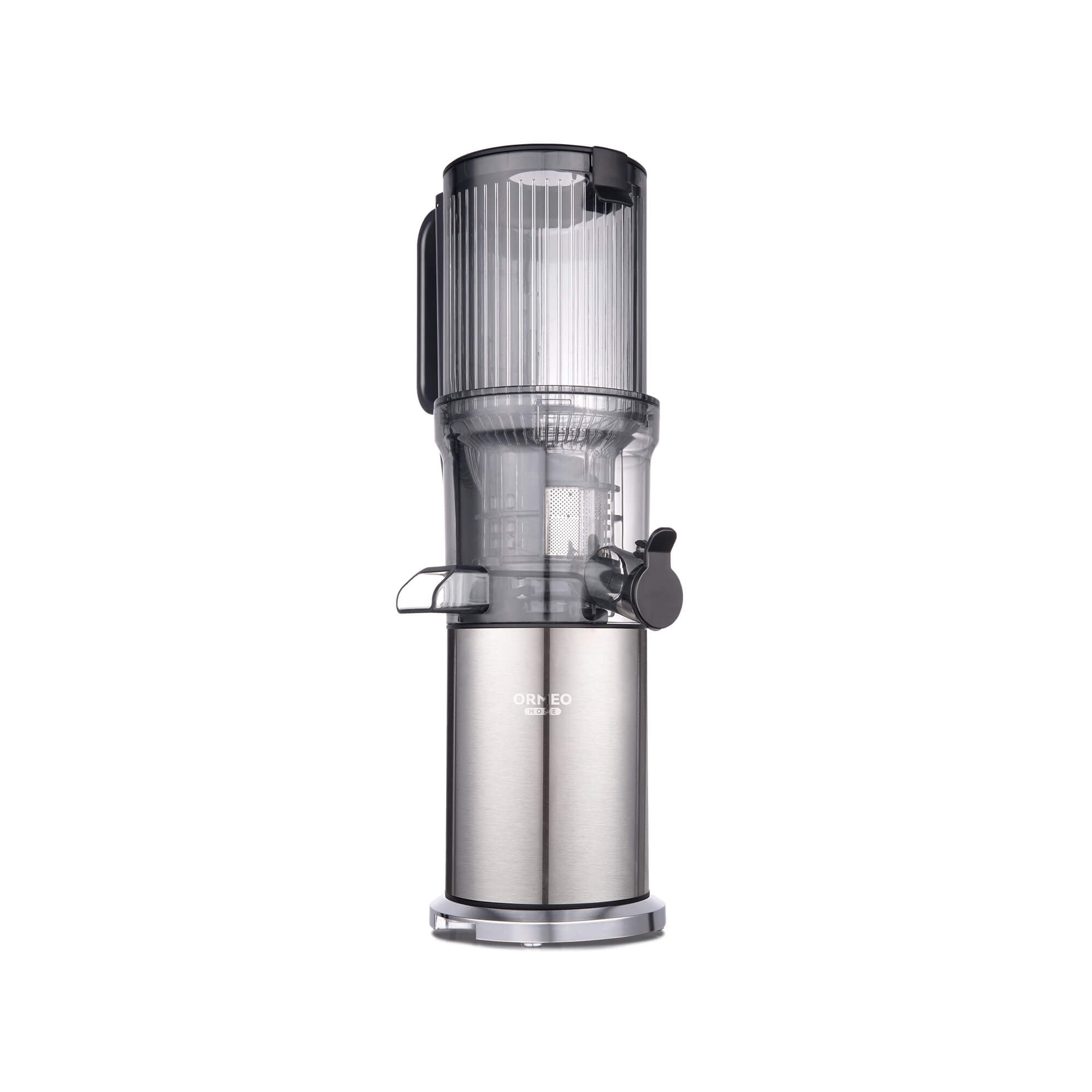
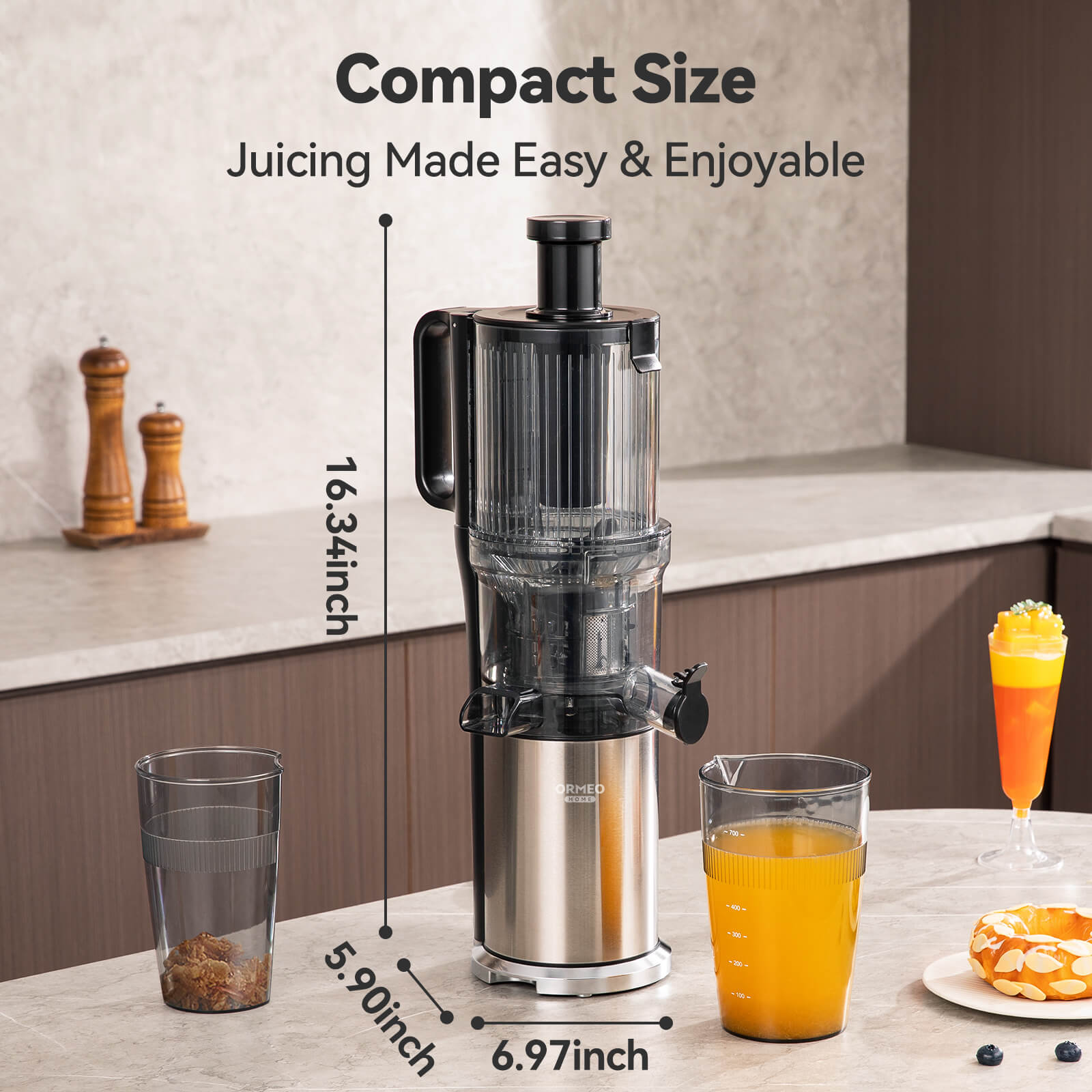
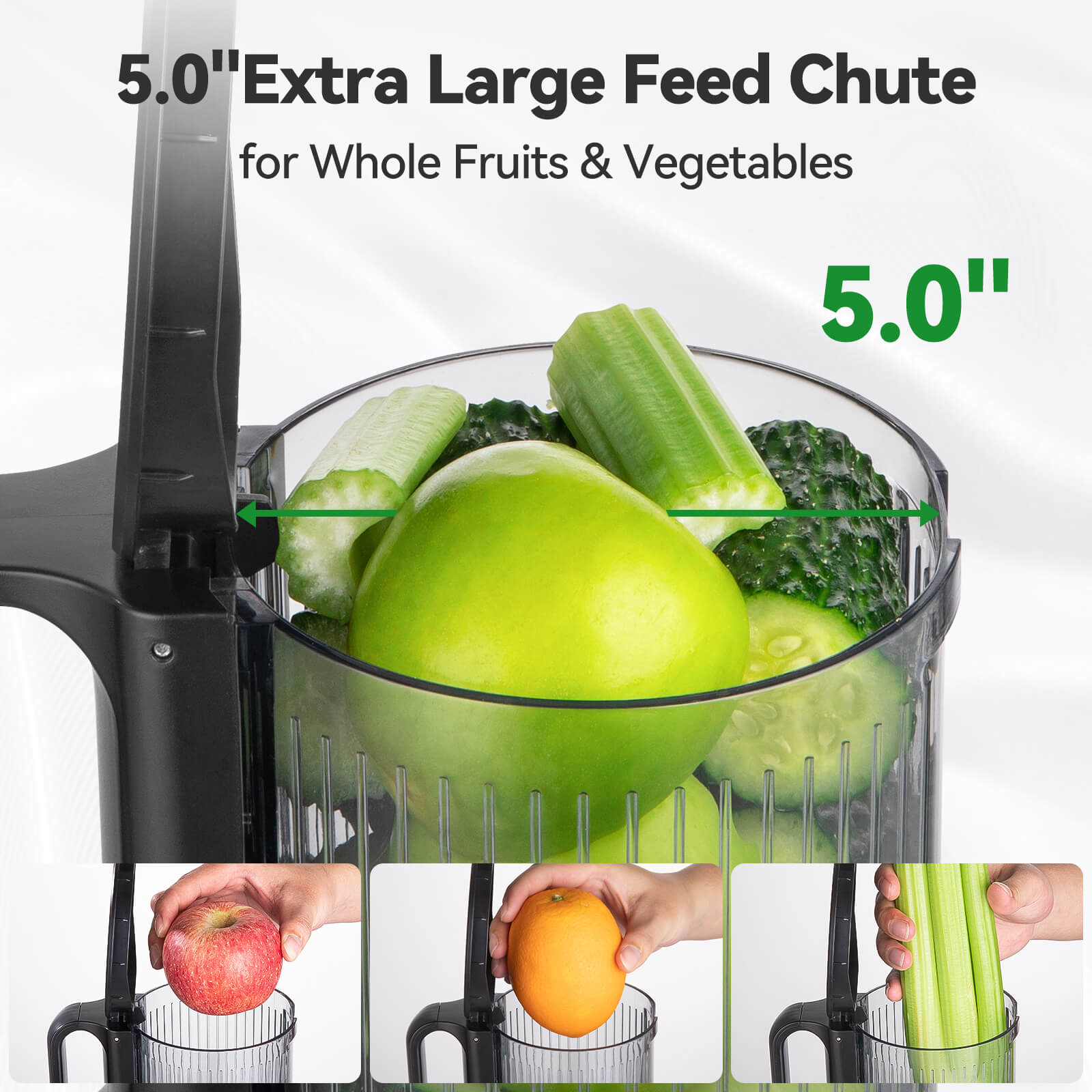
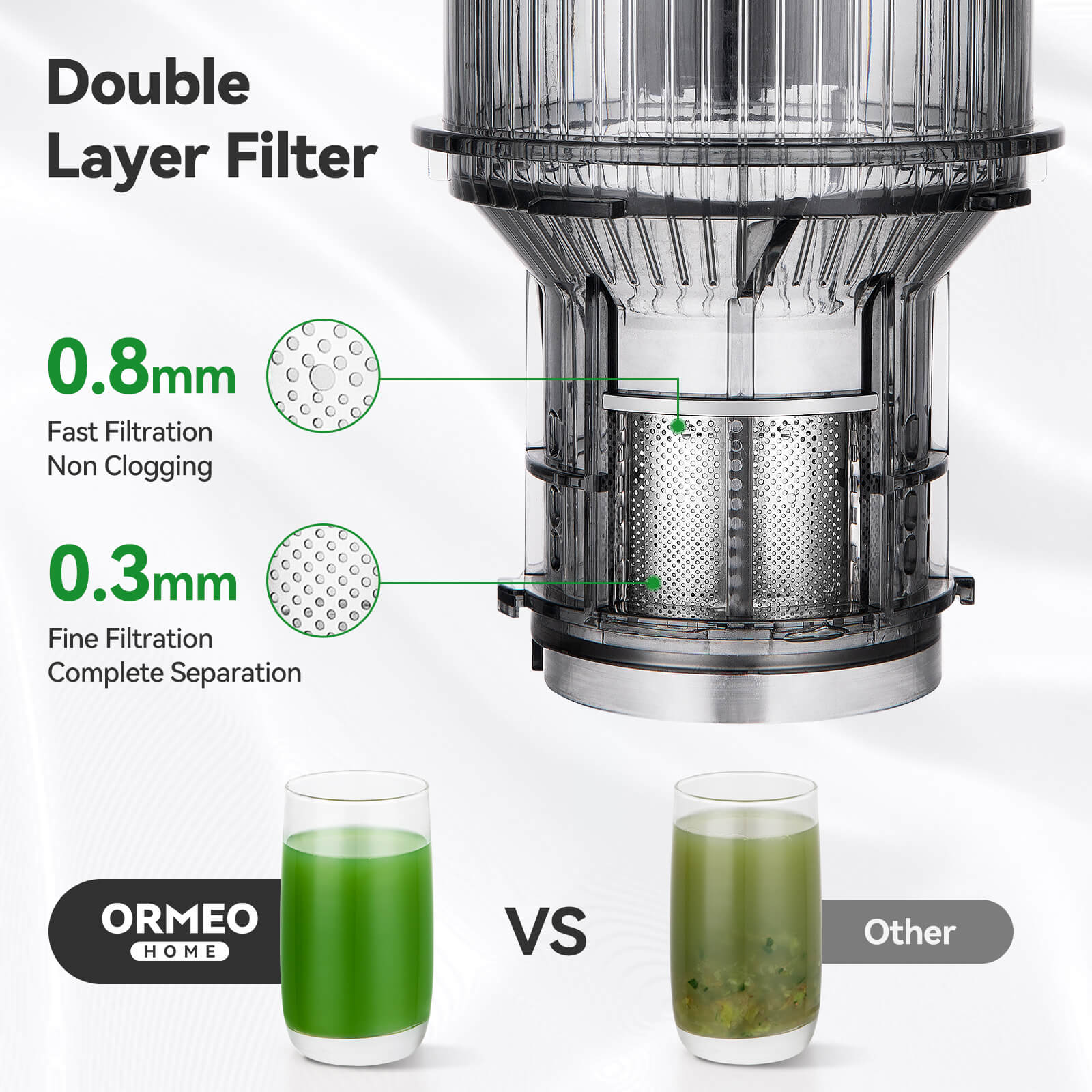
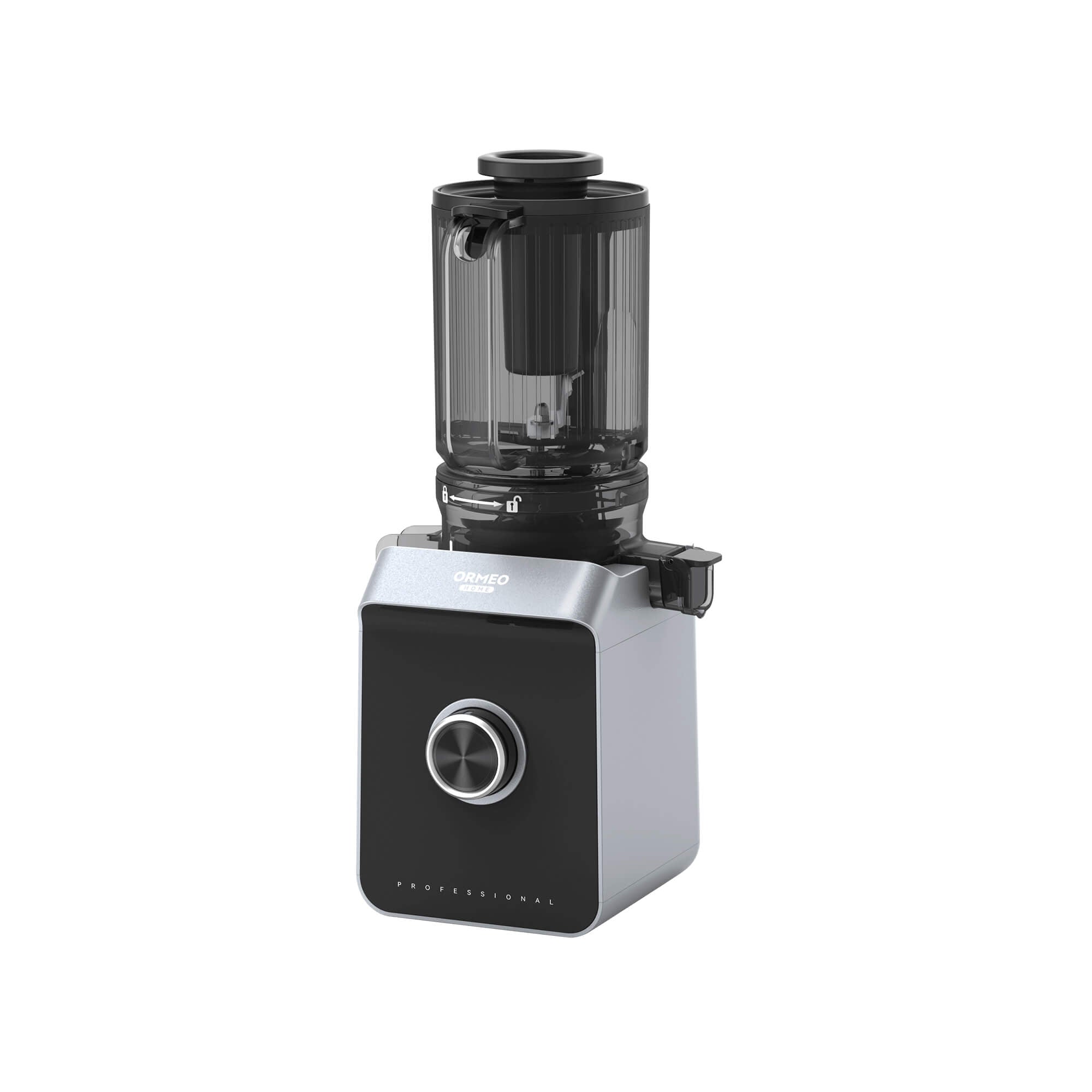
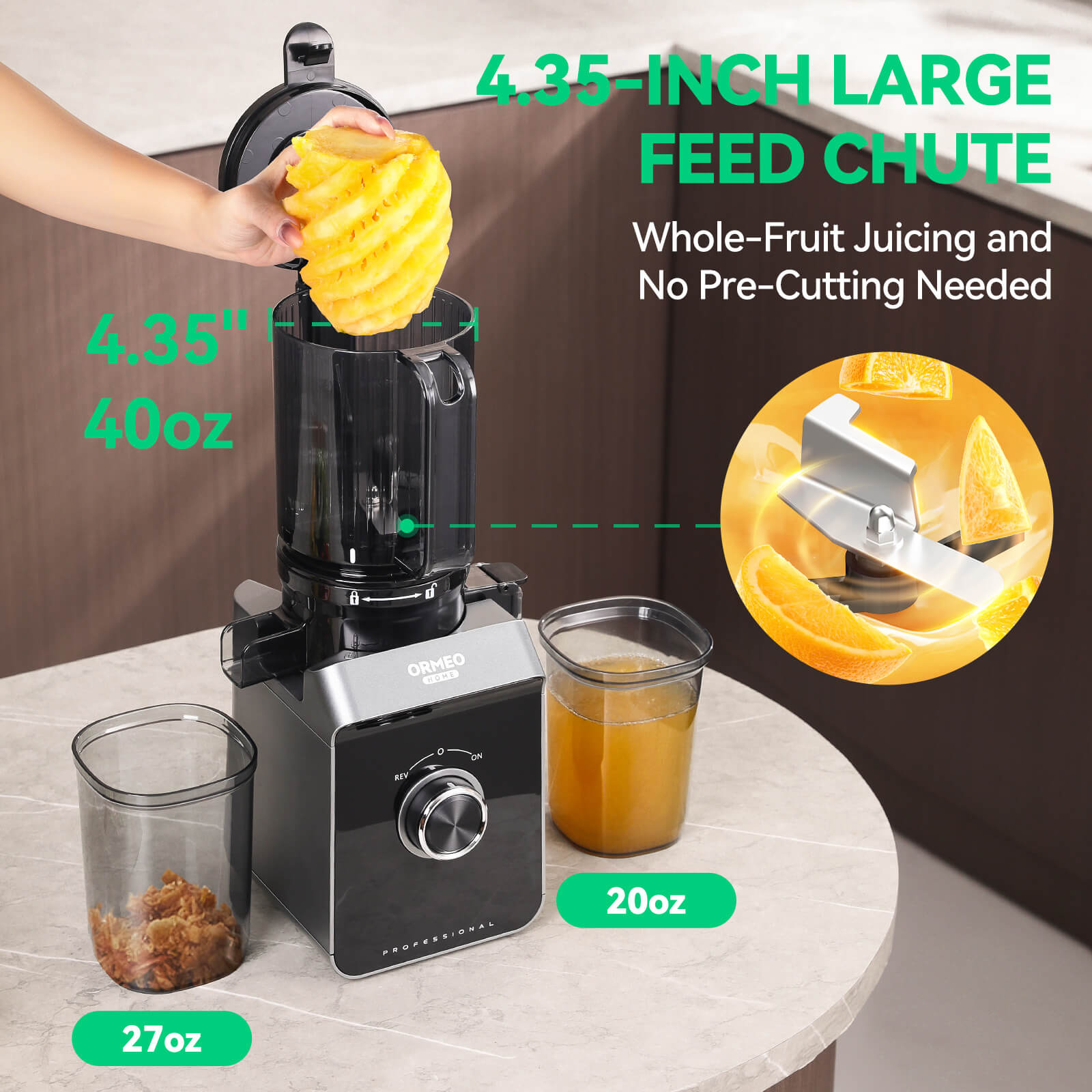

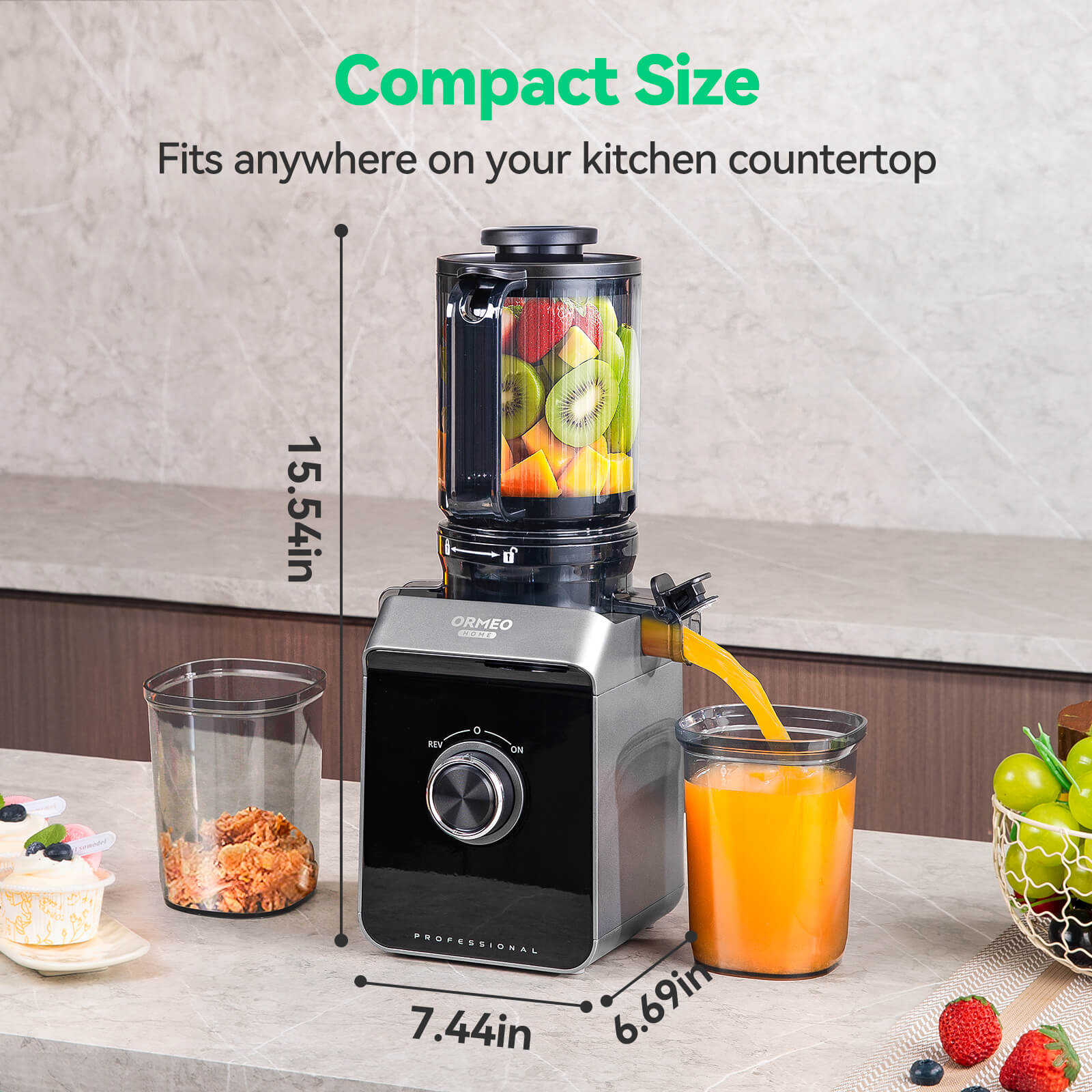
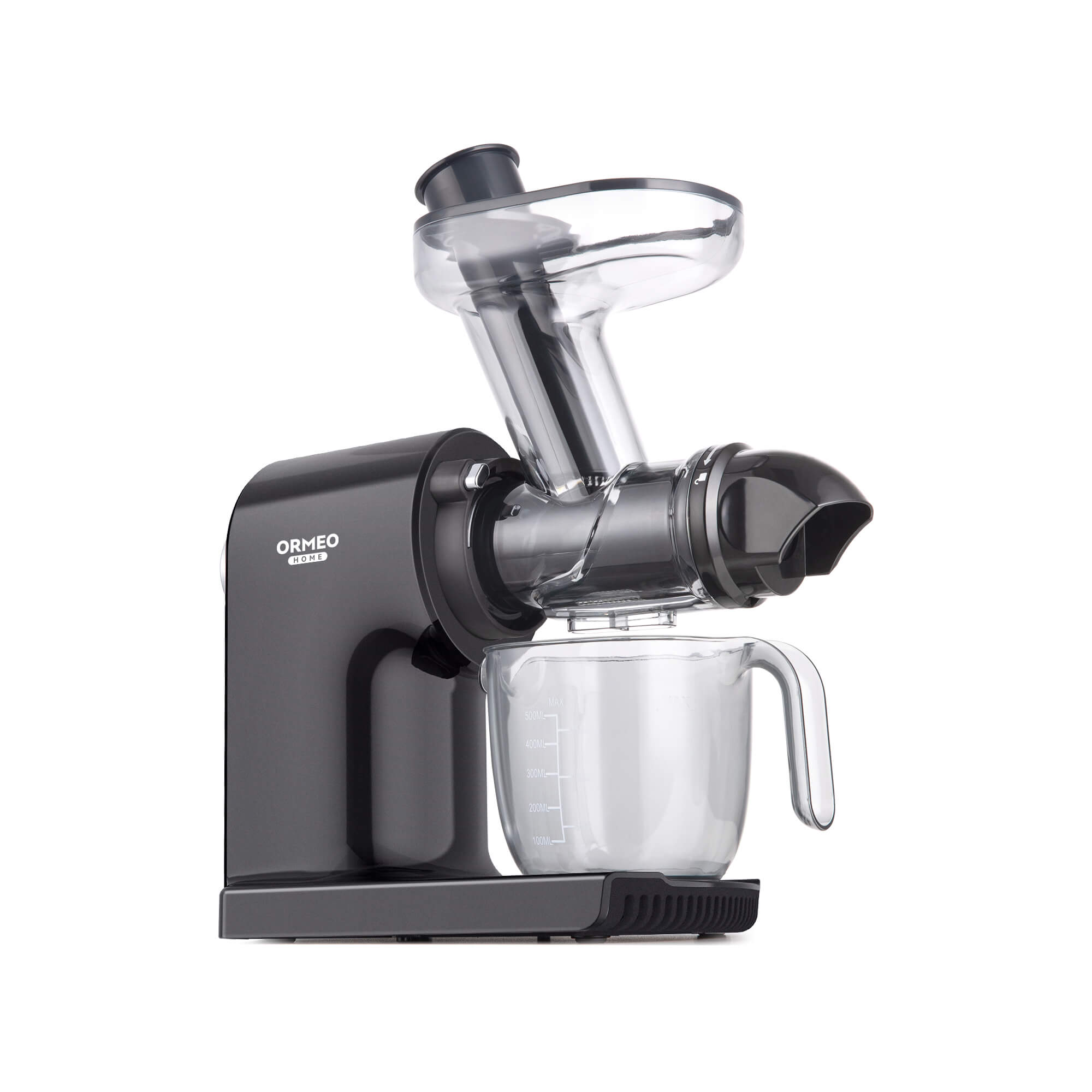
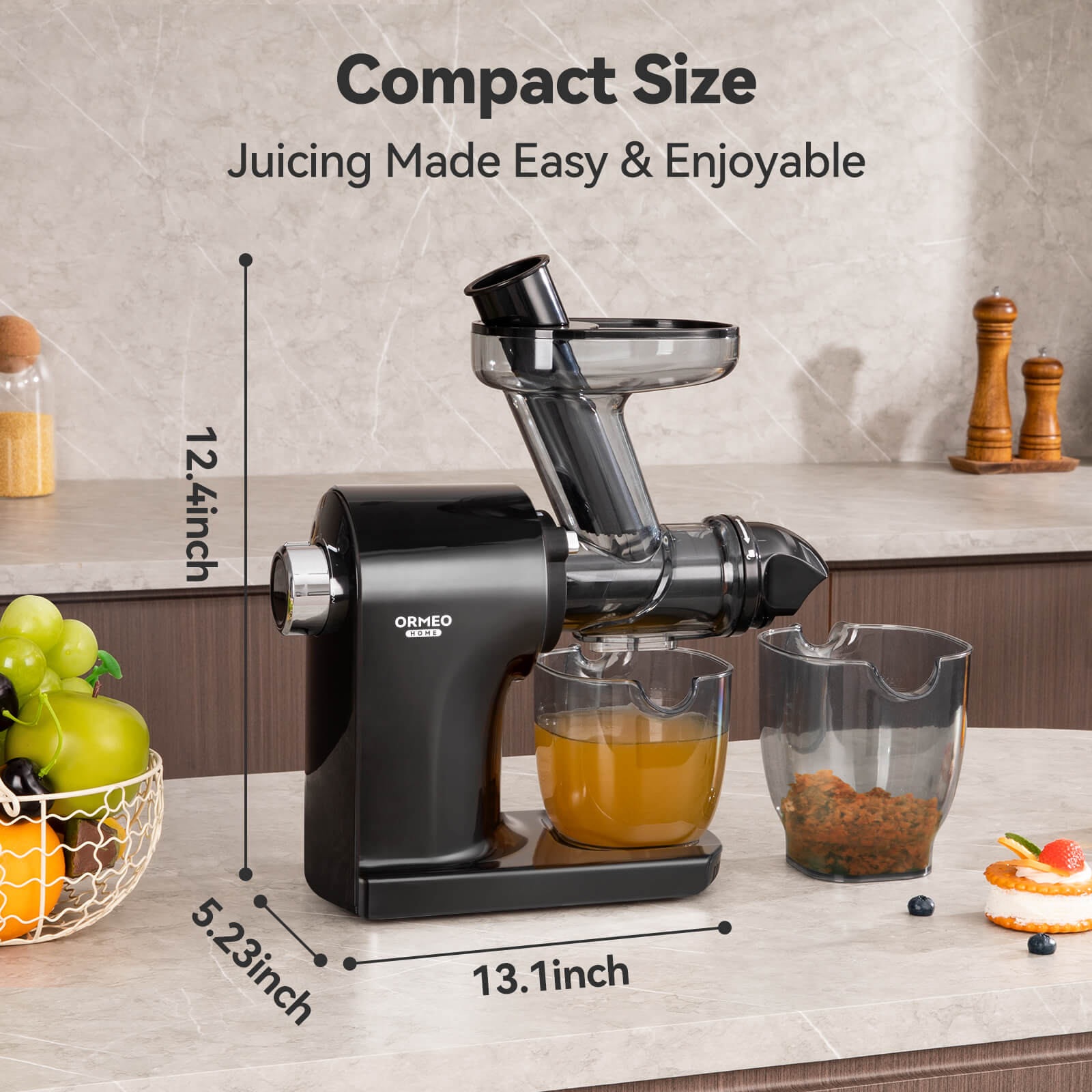
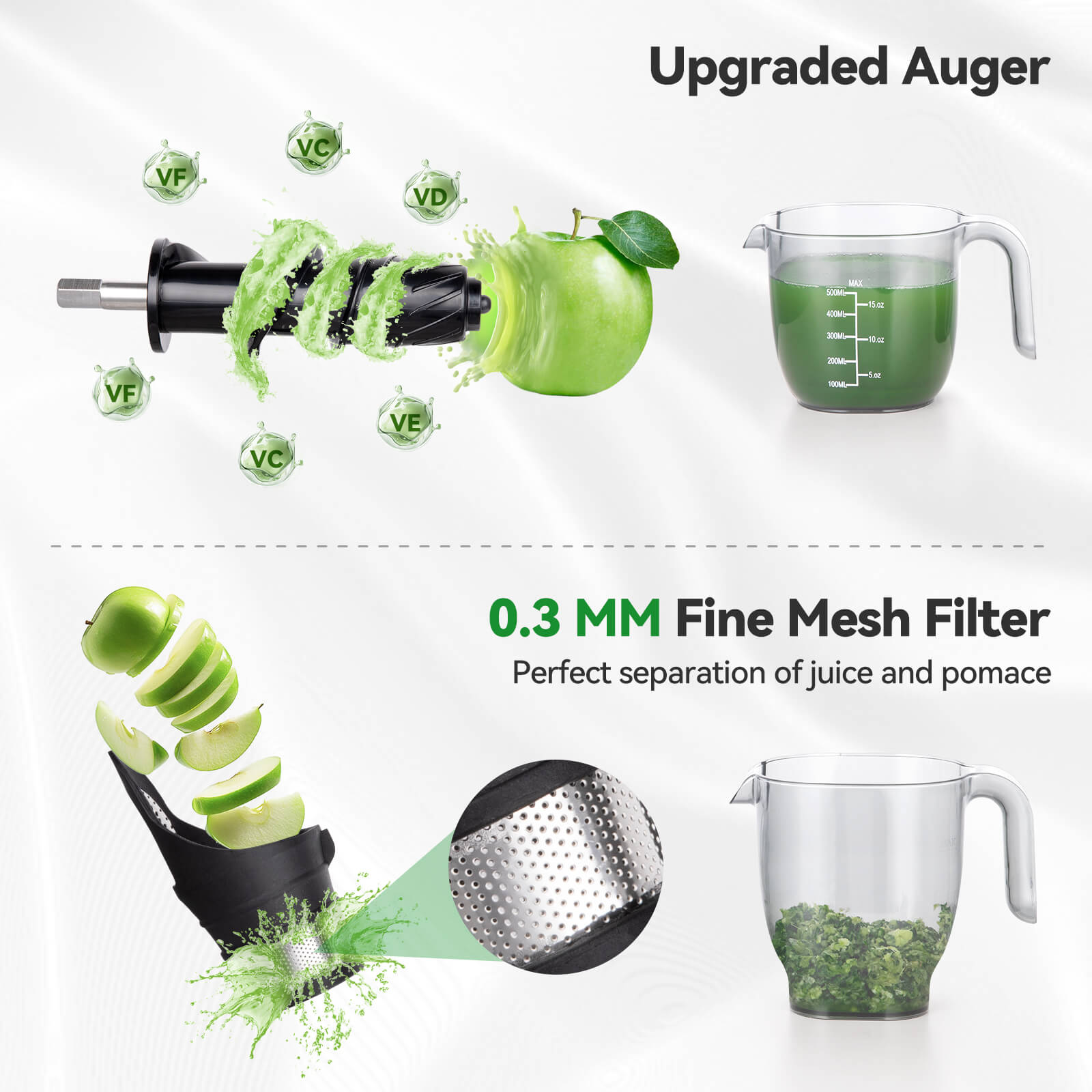
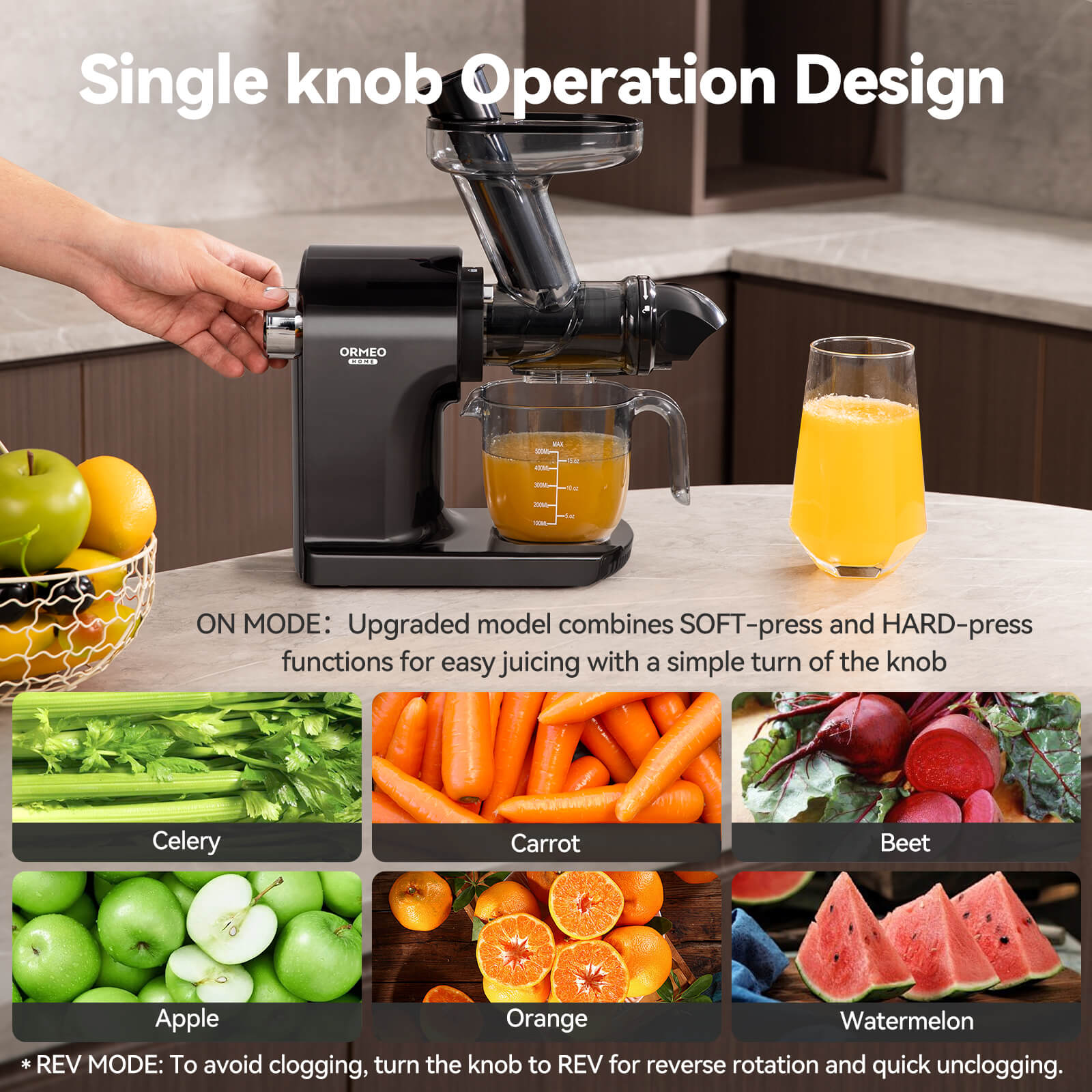
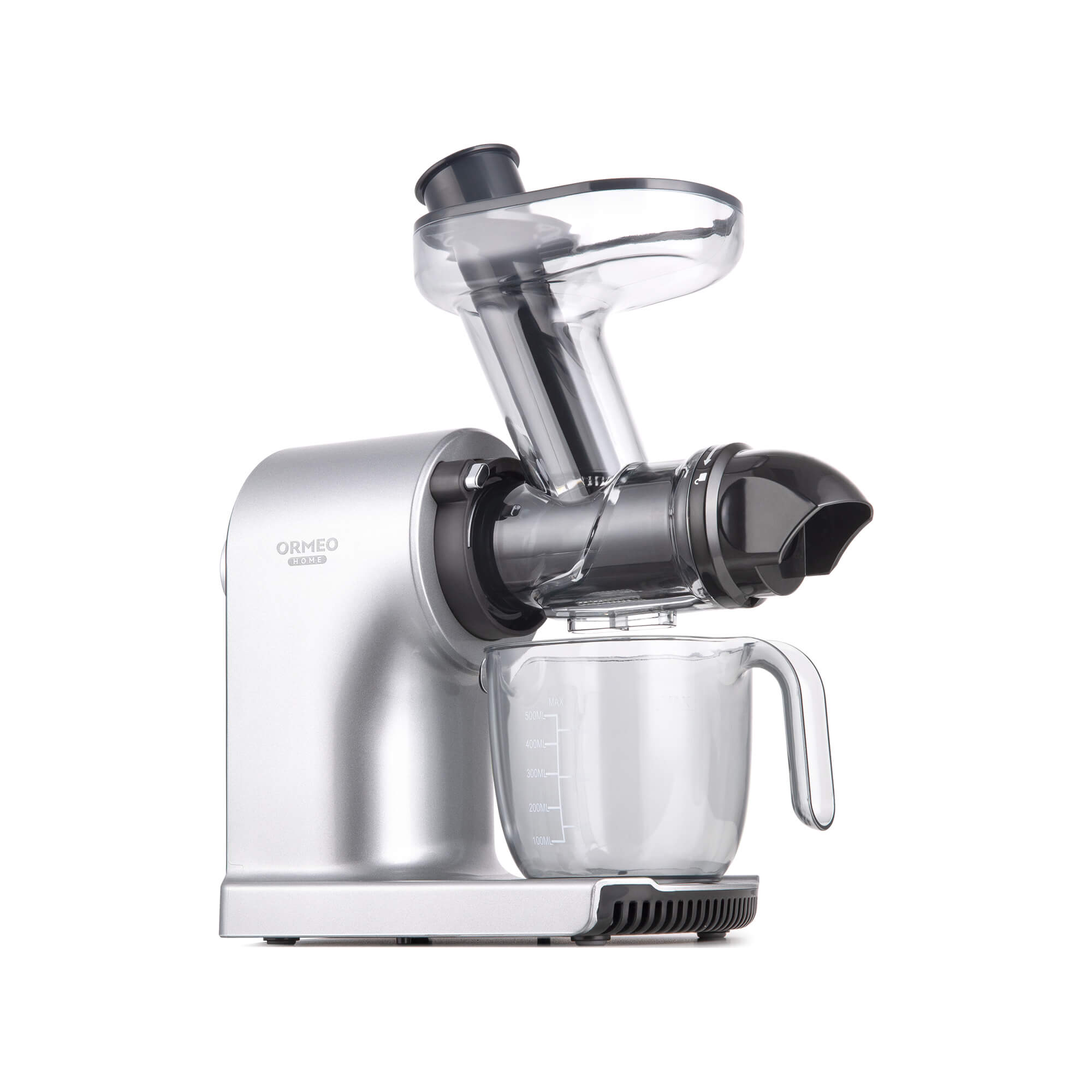
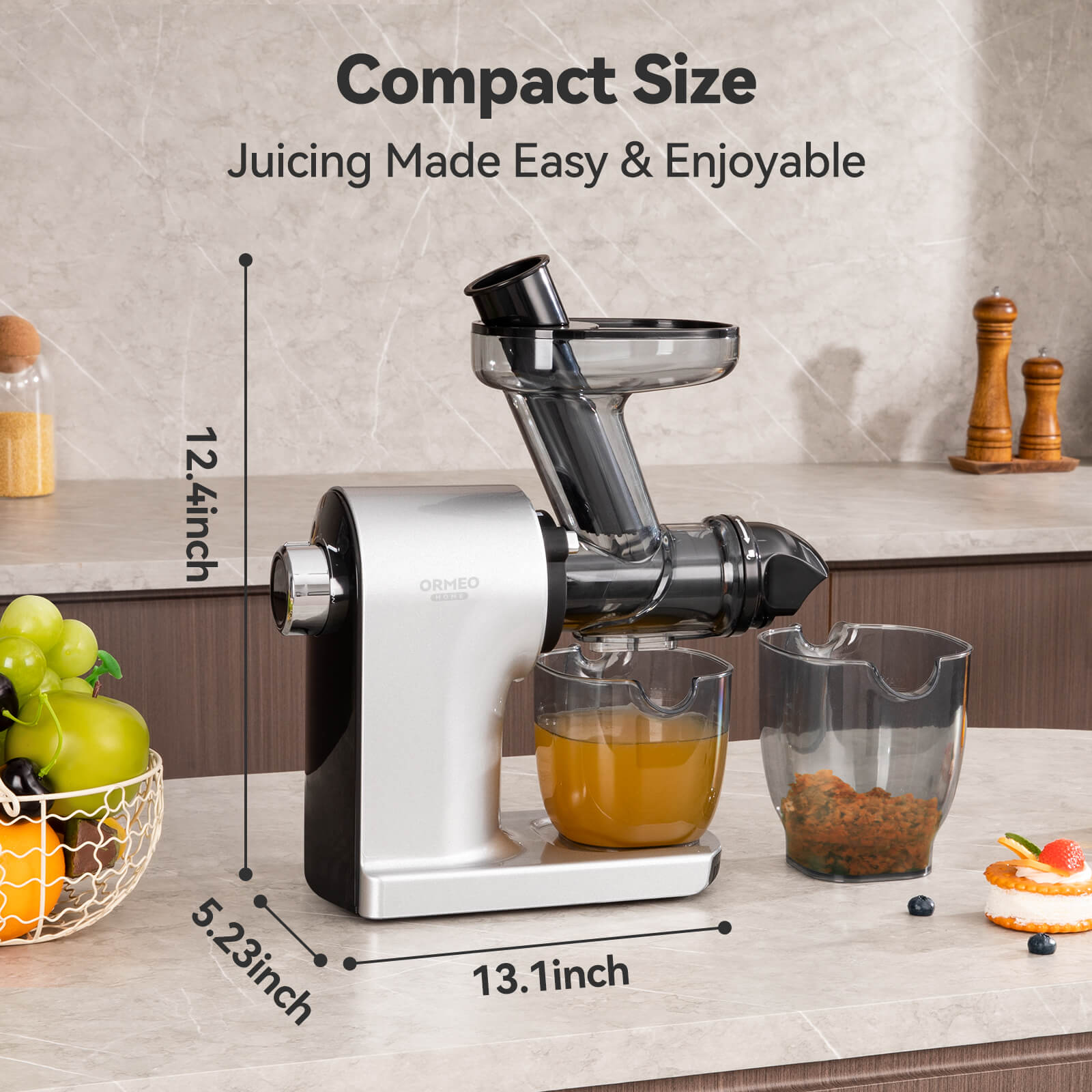
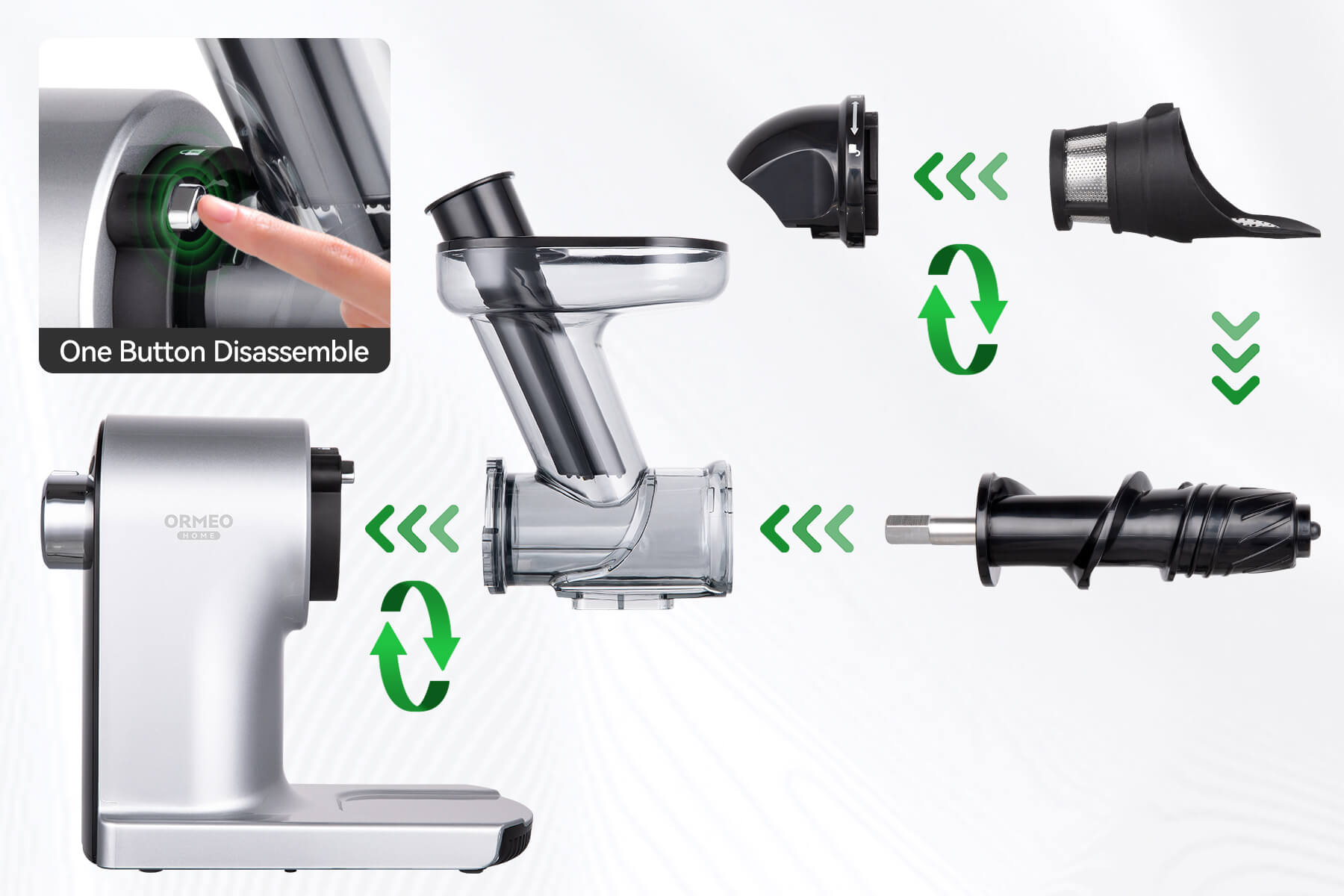
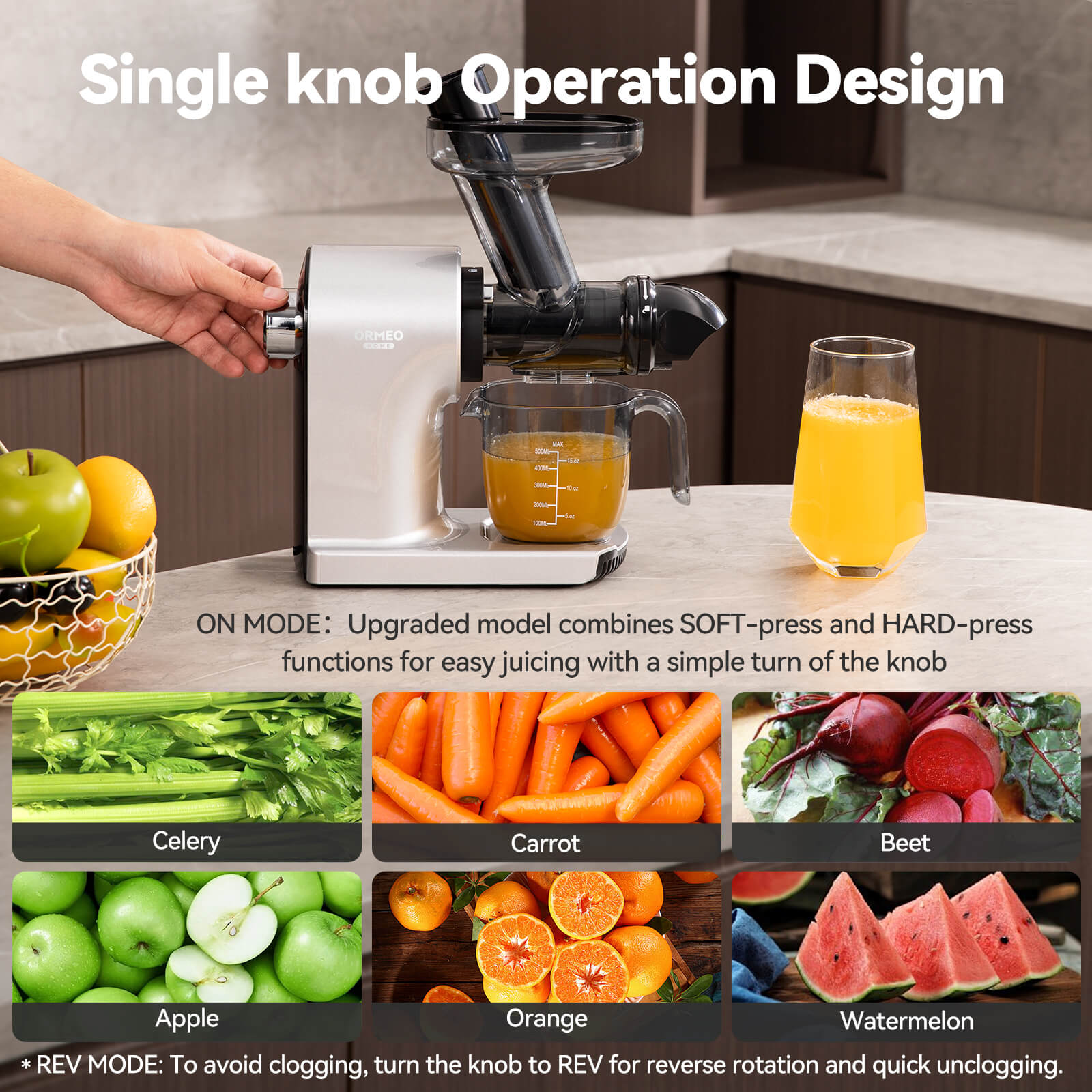
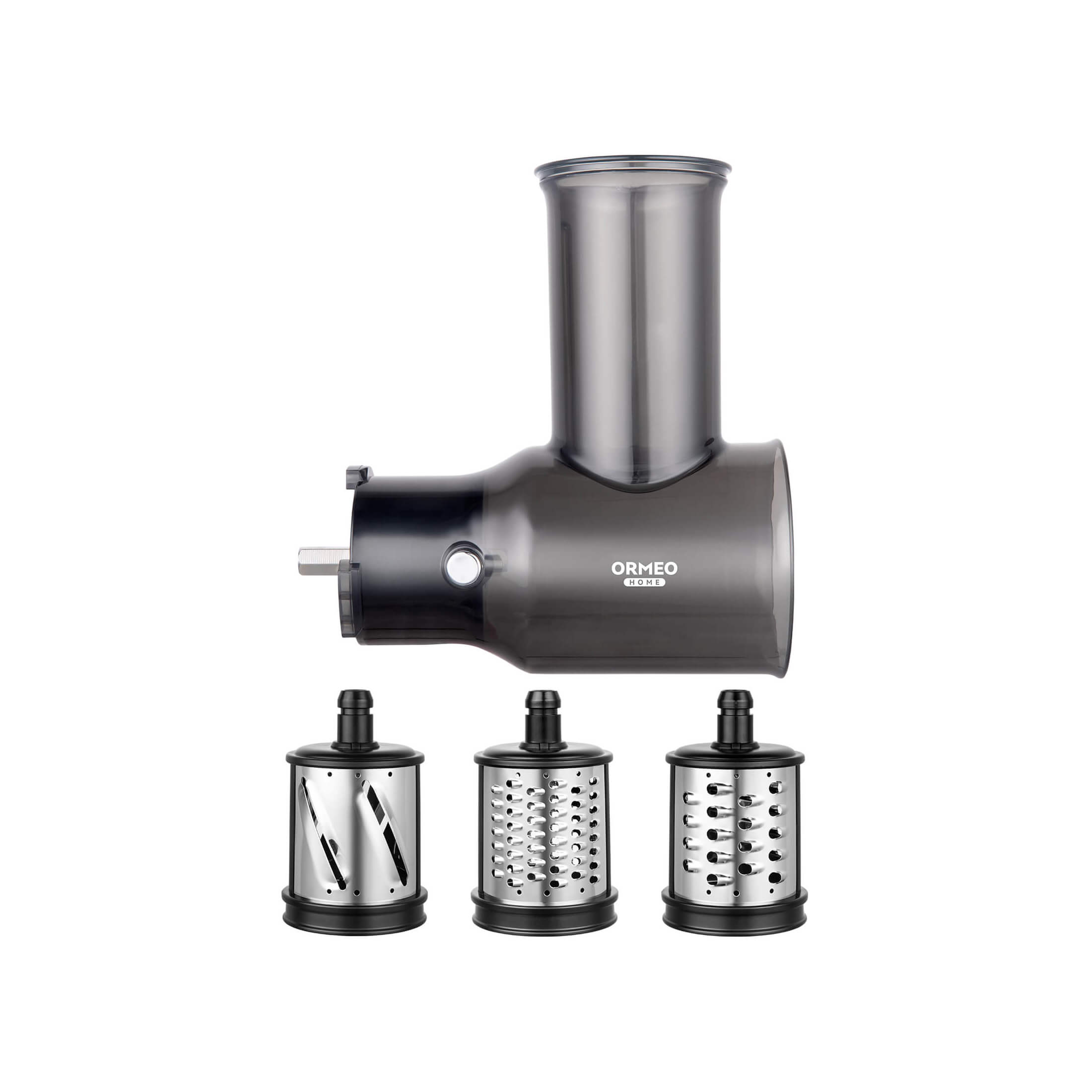

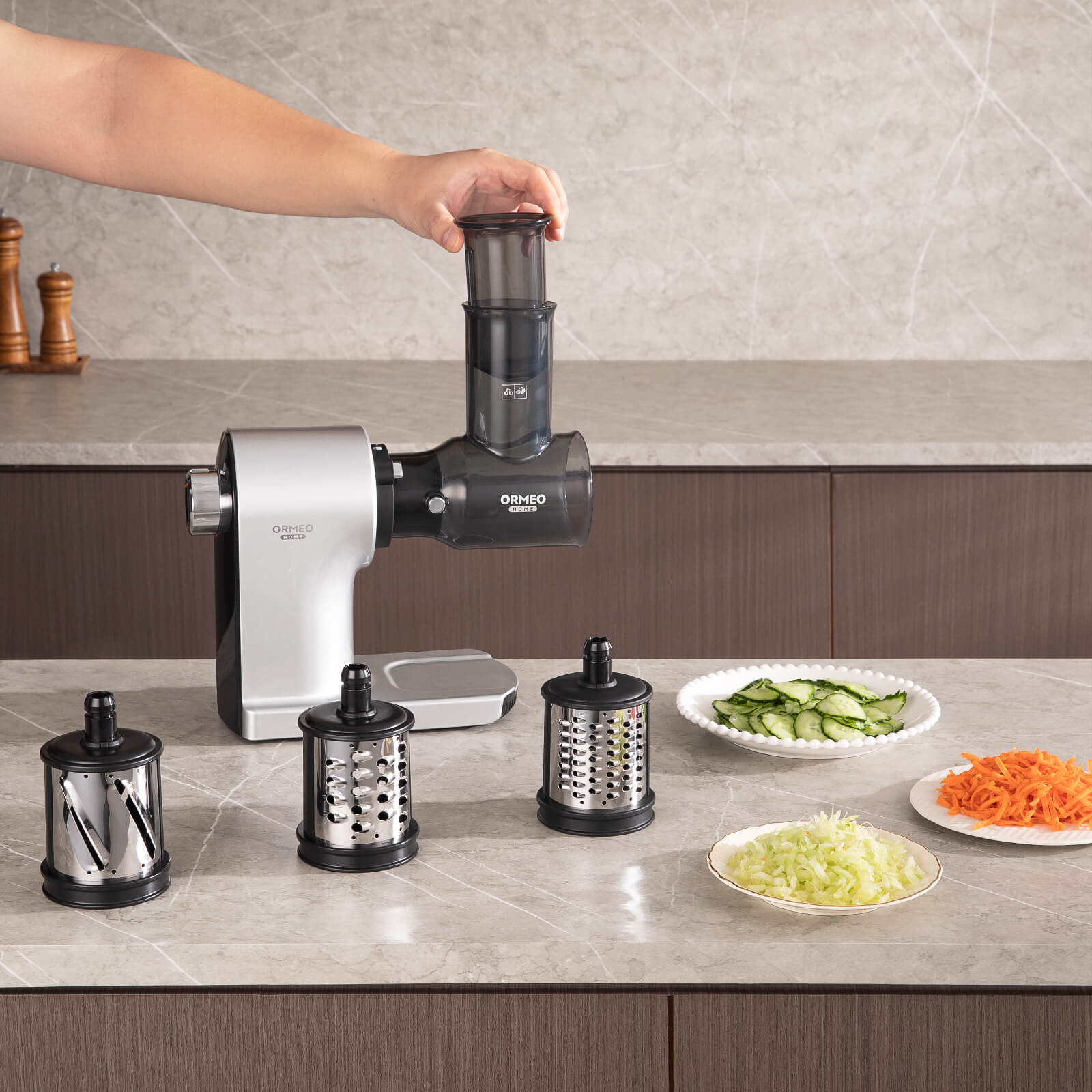
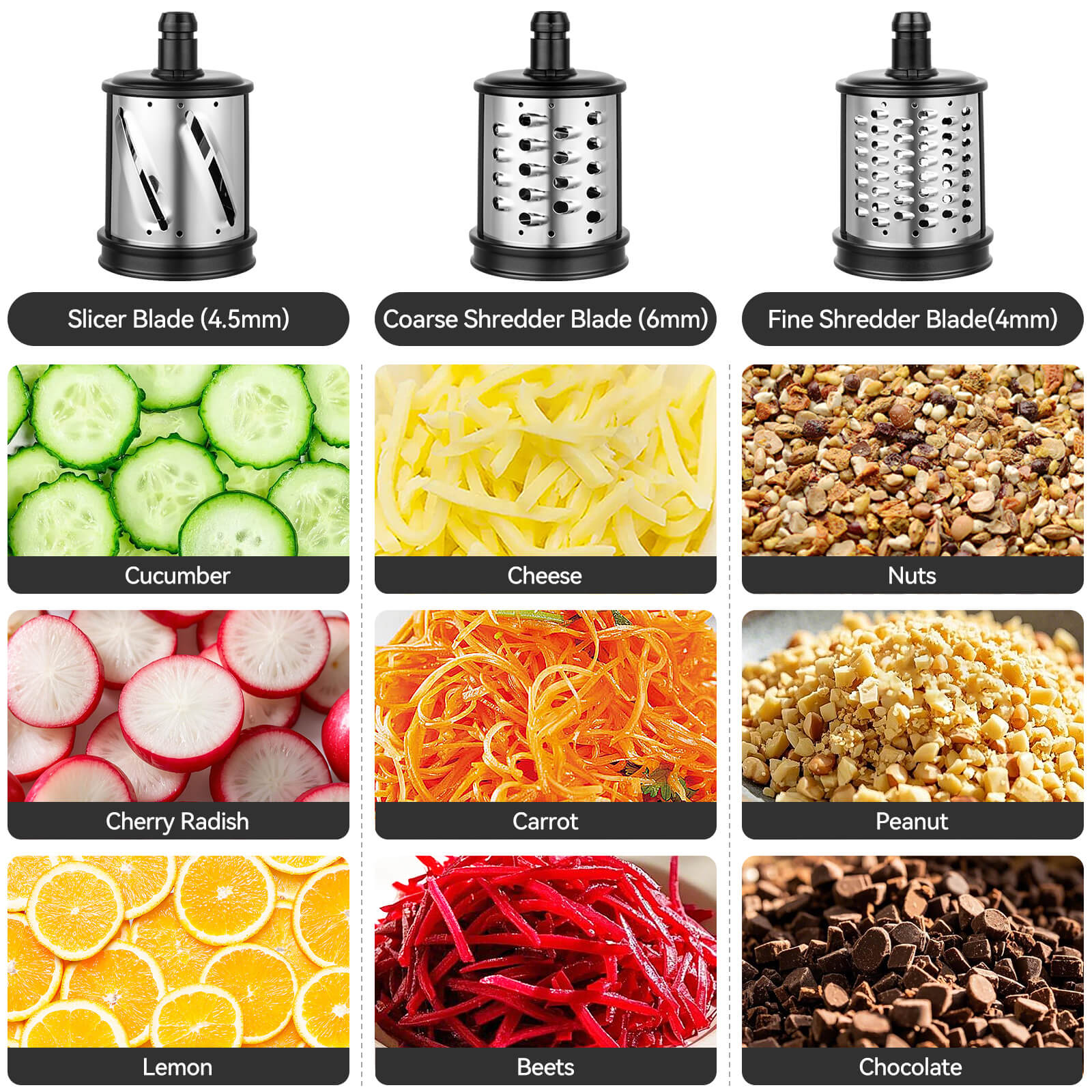
Share:
How to Pick the Top Rated Cold Press Juicer for Your Lifestyle
10 Best Detox Juice Recipes: Green Juice Cleanse for Health & Vitality